Facial rejuvenation doesn’t always require invasive surgery. Non-surgical options offer effective ways to refresh and enhance your appearance with minimal downtime. Here’s a guide to some of the most popular non-surgical facial rejuvenation treatments:
1. Botox
What It Is: Botox is a neuromodulator that temporarily relaxes facial muscles to reduce the appearance of wrinkles and fine lines.
How It Works: It blocks the nerve signals that cause muscles to contract, smoothing out dynamic wrinkles, particularly around the forehead, eyes, and mouth.
Results: Effects typically last 3-6 months, and regular treatments can help maintain smoother skin.
2. Dermal Fillers
What They Are: Fillers are injectable substances used to add volume, smooth out wrinkles, and enhance facial contours.
Types: Common fillers include hyaluronic acid (e.g., Juvederm, Restylane), calcium hydroxylapatite (e.g., Radiesse), and poly-L-lactic acid (e.g., Sculptra).
How They Work: Fillers replace lost volume, smooth lines, and enhance facial features such as lips and cheeks.
Results: Depending on the filler used, results can last from 6 months to 2 years.
3. Microneedling
What It Is: Microneedling involves using a device with fine needles to create tiny punctures in the skin, stimulating collagen production.
How It Works: The controlled skin injury promotes the body’s natural healing process, improving skin texture and tone.
Results: Typically requires multiple sessions, and results gradually improve over time. Ideal for reducing fine lines, acne scars, and improving overall skin texture.
4. Chemical Peels
What They Are: Chemical peels involve applying a solution to the skin to exfoliate the outer layers and reveal smoother, more youthful skin.
Types: Peels vary in strength—from light peels for minor issues to deeper peels for more significant rejuvenation.
How They Work: They remove damaged skin cells and encourage new cell growth.
Results: Recovery time and results vary based on peel depth, but improved skin texture and tone can be seen after a few weeks.
5. Laser Treatments
What They Are: Laser treatments use focused light energy to target specific skin issues, including pigmentation, redness, and fine lines.
Types: Common lasers include fractional lasers (for resurfacing), IPL (Intense Pulsed Light for pigmentation and redness), and non-ablative lasers (for collagen stimulation).
How They Work: Lasers can stimulate collagen production, improve skin tone, and reduce signs of aging.
Results: Several sessions might be required, with improvements visible over time. Recovery time varies based on the type of laser used.

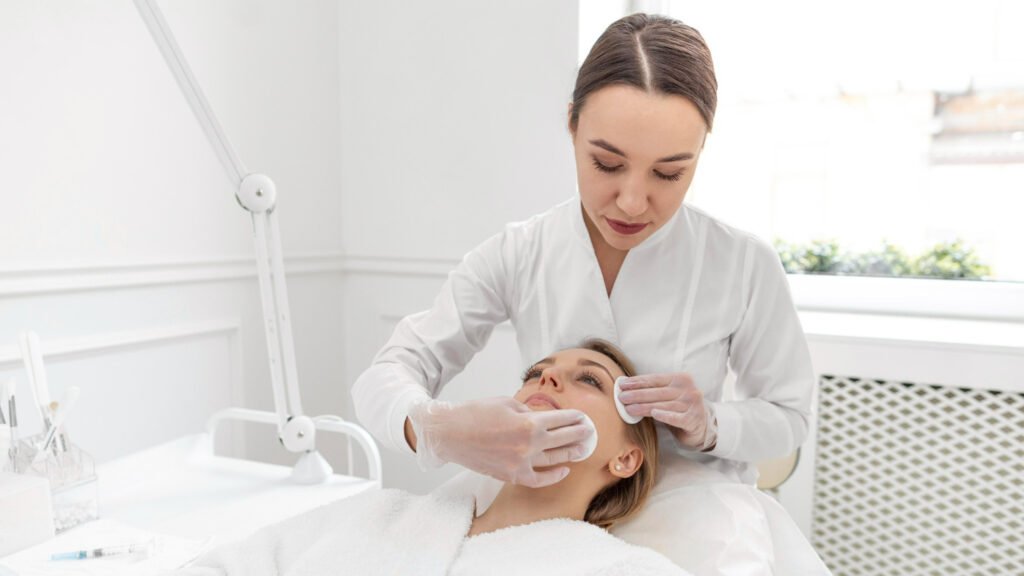



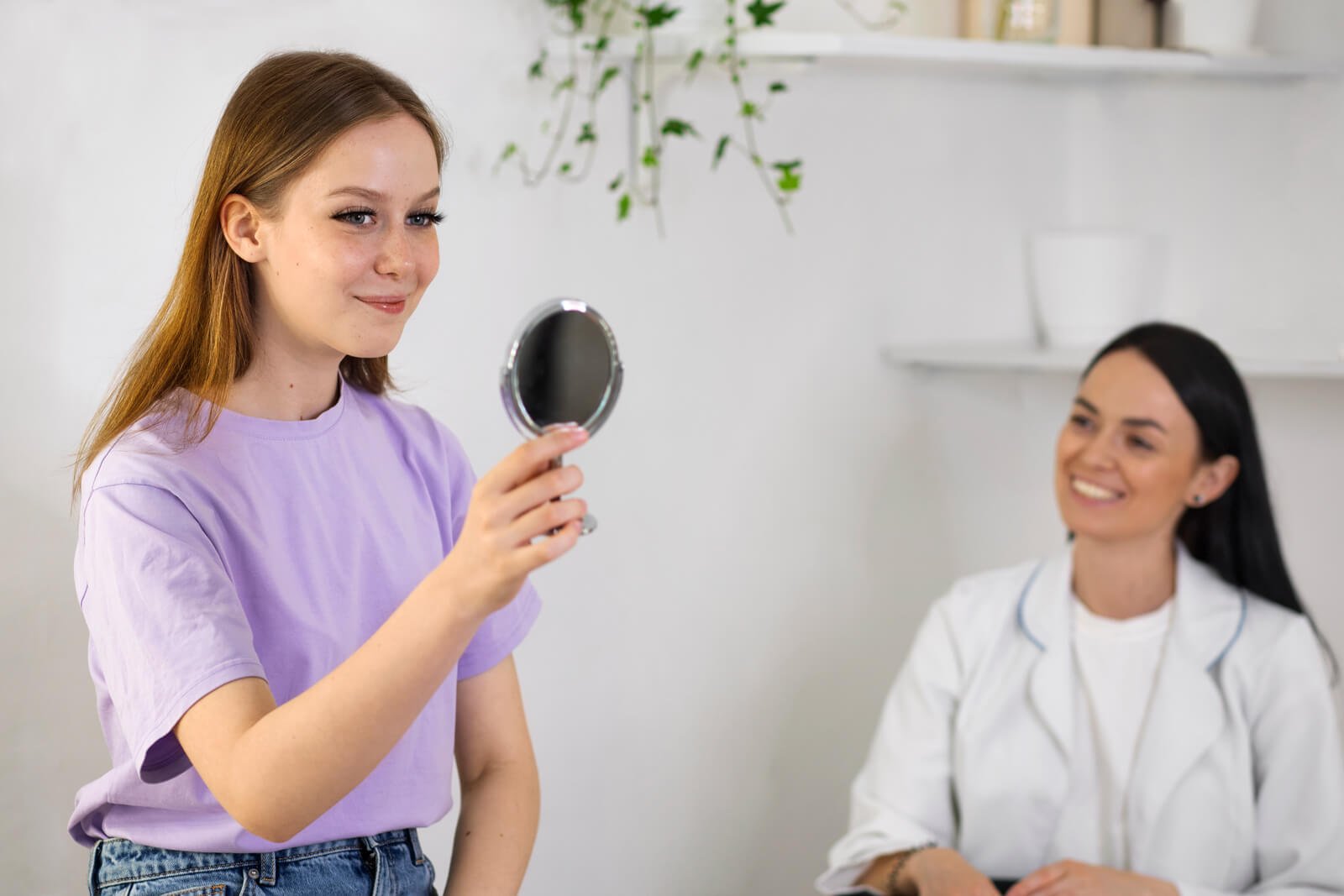
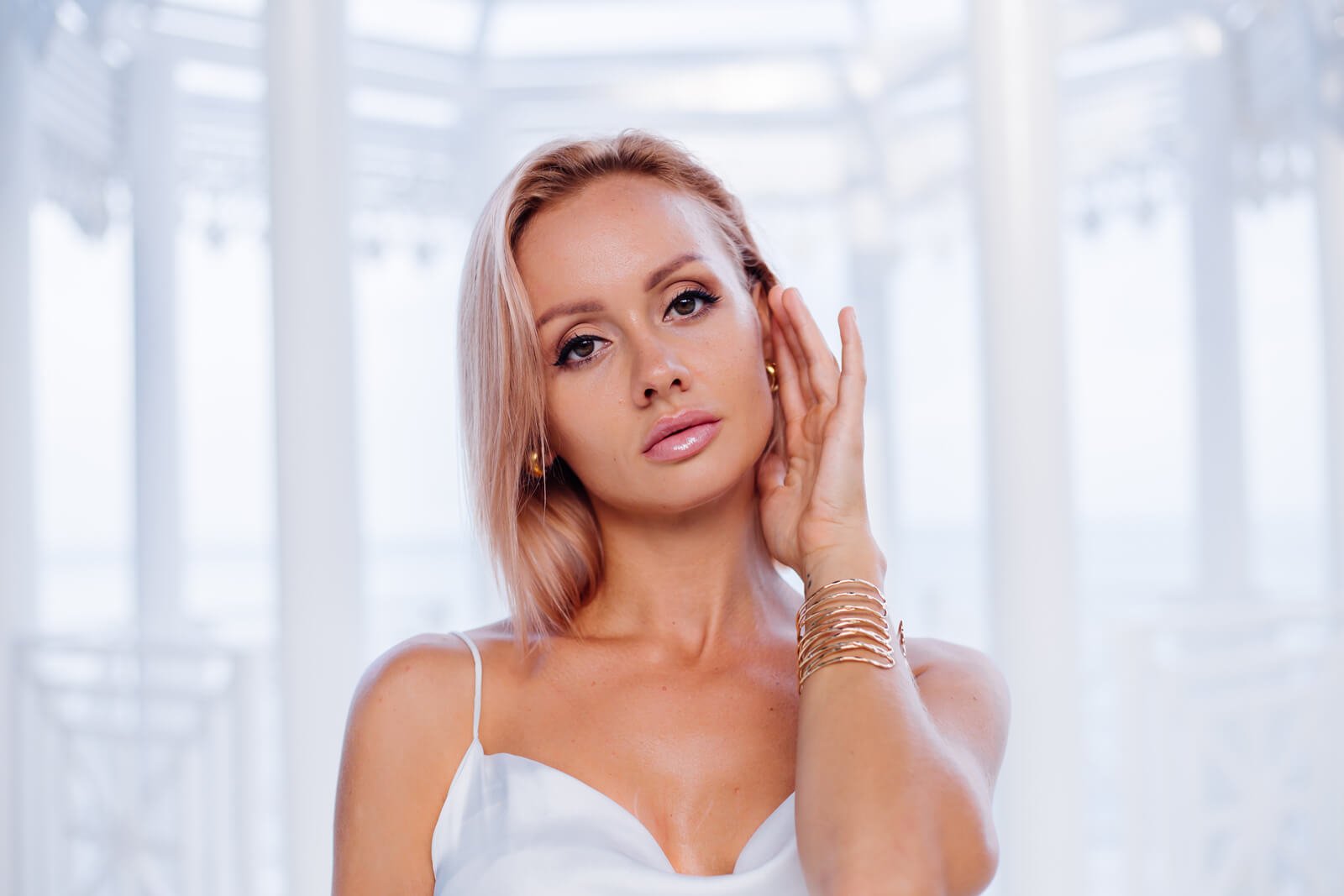
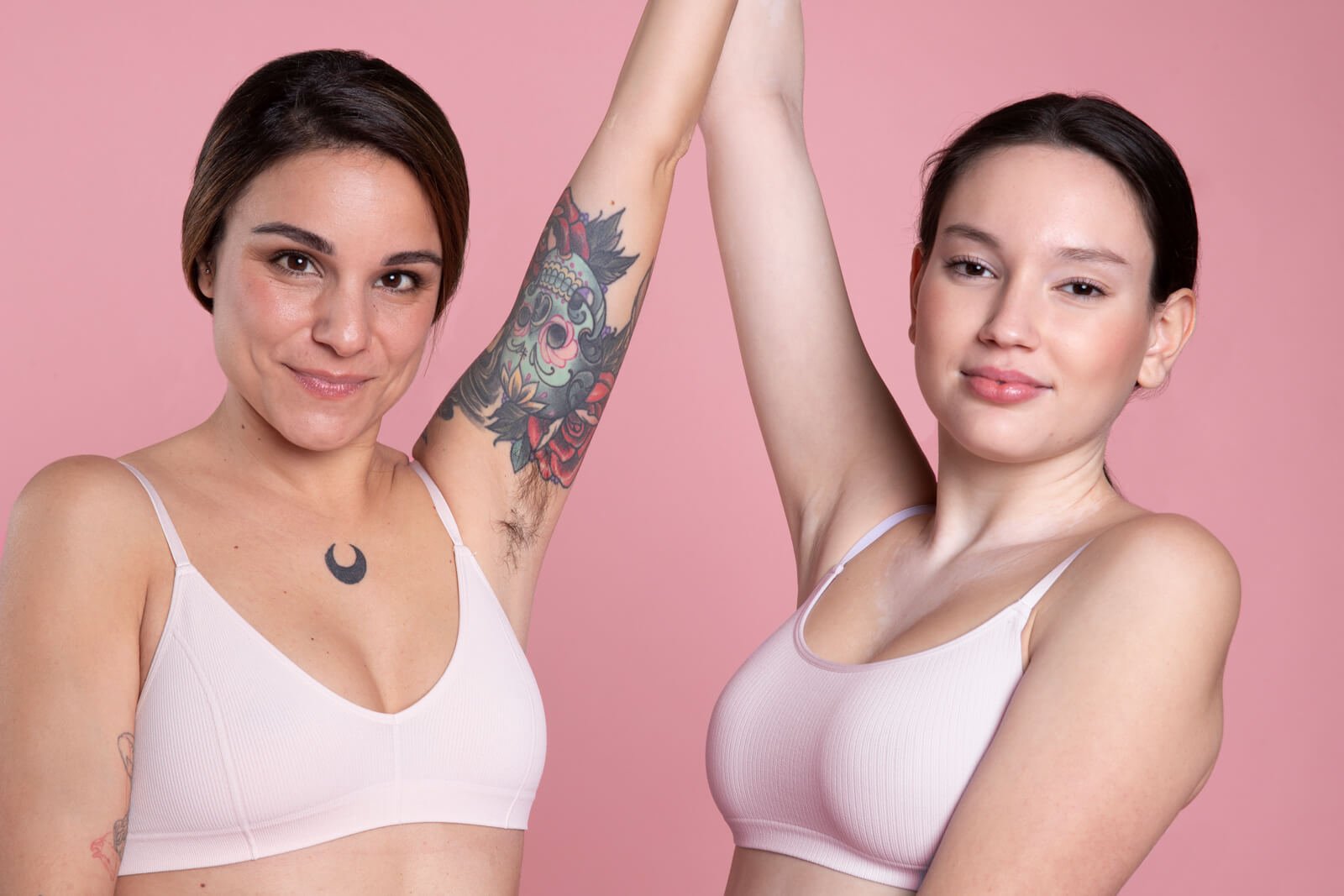
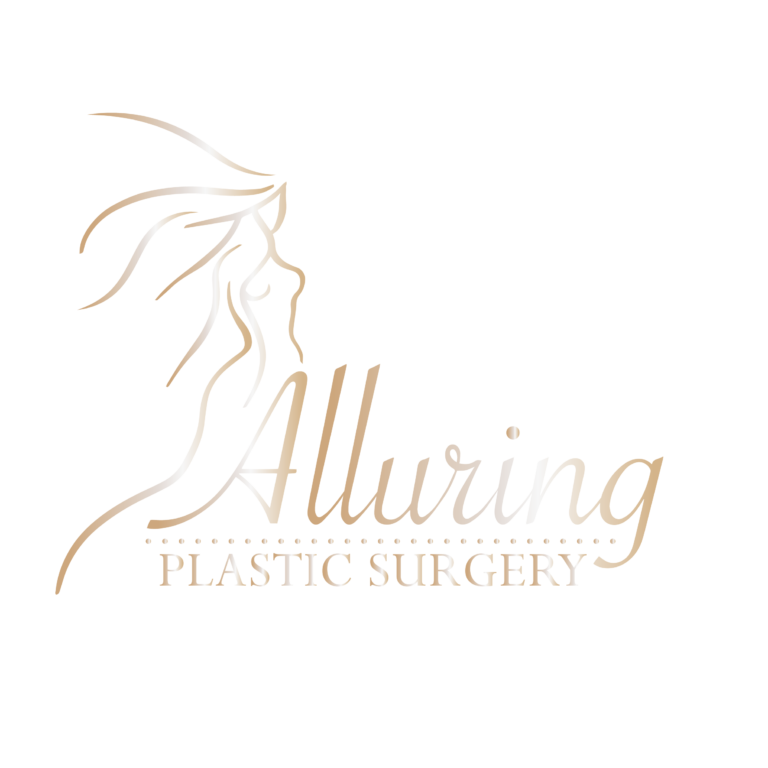
One Response
test